Integrated ISFET pH Sensor Solutions
At the forefront of innovation, Millar is harnessing ISFET (ion-sensitive field-effect transistor) pH sensing technology to provide medical professionals with unparalleled accuracy and performance. These are the only known ISFET pH sensors to be used in clinically approved medical devices, showcasing Millar’s unwavering dedication to medical innovation.
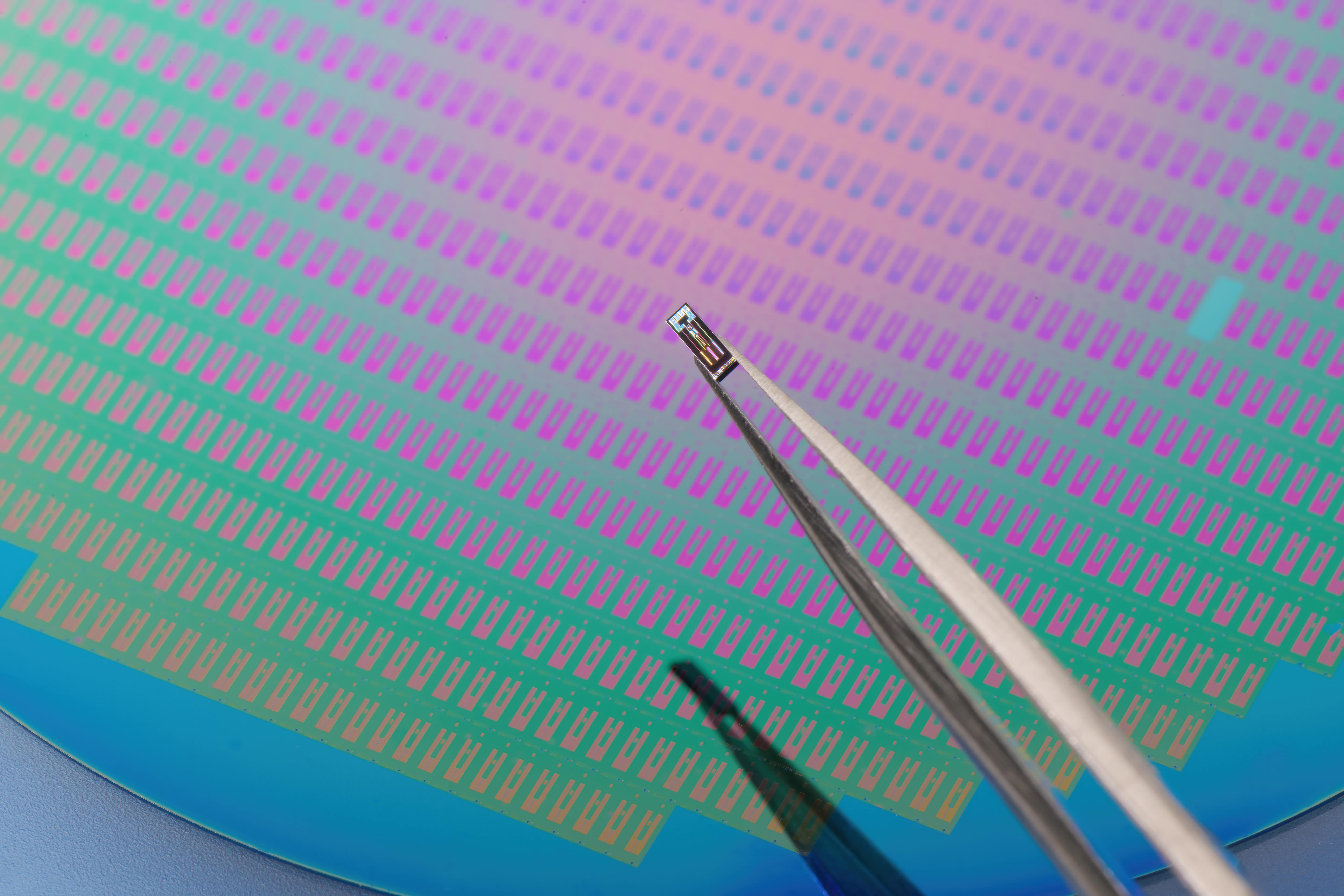
Elevating Medical Device Accuracy with ISFET pH Sensors
pH Sensor Selection
Millar is here to guide you in choosing the optimal ISFET pH sensor tailored to your specific device or application needs. These sensors are expertly designed for reliability and accuracy and range in size from 1.7mm to 3mm in height and 0.5mm to 1mm in width. Additionally, our ISFET pH sensors cover a wide pH range from 0 to 14, ensuring versatility across a spectrum of applications.
When considering an ISFET pH sensor, key features to consider include:
- Glass-free construction
- Robust design
- Dry storage
- Range of small sizes
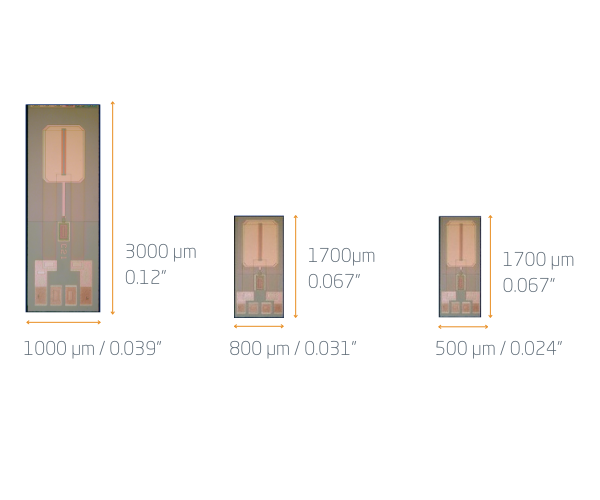
Optimized ISFET pH Sensor Integration
Millar's proven sensor integration process, refined over decades of continuous innovation, ensures enhanced yields and avoids common challenges associated with sensor integration. This approach results in reduced costs and accelerated time to market for integrated medical devices. Trust Millar to streamline the ISFET pH sensor integration process, providing you with reliable solutions that drive efficiency and success in your applications.
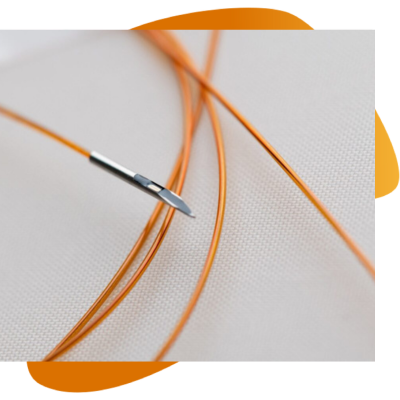
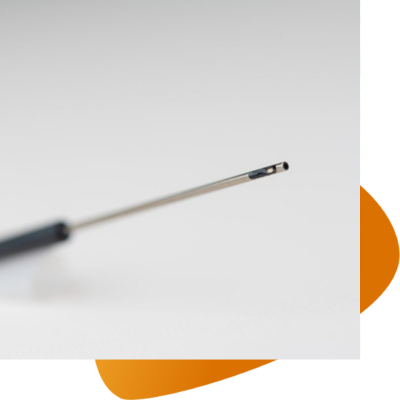
pH Sensors for Medical Applications
ISFET pH sensors offer versatile applications across a spectrum of medical fields. From gastrointestinal to wound care to urodynamics, the potential uses for ISFET pH sensors in medical applications are vast and varied.
Trust Millar's advanced ISFET technology to deliver precise and reliable pH measurements, enabling breakthroughs in medical diagnostics and treatments.
Request an R&D Evaluation pH Kit
Discover how Millar's pH sensor solutions can meet your needs with our specialized R&D evaluation pH kit. Designed for testing and evaluation purposes, our kit offers a versatile ISFET pH sensor platform ideal for research and development projects. Seamlessly integrate it into your prototypes and experimental setups to explore its modular and flexible capabilities
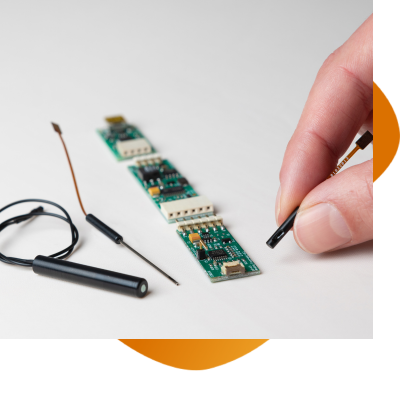
What is the principle of ISFET technology?
The principle of the ISFET technology is that when the H+ activity changes, the current-driven voltage will change and a different pH value is measured accordingly. To complete the electrical circuit, the ISFET sensor (also called the indicator electrode) needs a reference electrode. For any change in the analyte concentration, the potential of the reference electrode will remain virtually constant and so the change of potential will only be caused by the indicator electrode.
What is pH and how is it measured?
The pH is a widely used way of expressing the acidity or alkalinity of aqueous solutions. In essence it is a means of indicating the hydrogen ion (H+) activity in products, which in turn is the direct availability of free H+. The commonly used pH scale is from 0 to 14: a pH value of 7 is neutral, values below 7 are acidic and those above 7 are alkaline or basic.
C5 ISFET pH Sensor
The C5 ISFET pH Sensor is a state-of-the-art pH sensor combining high performance and reliability with a small size. It leverages years of experience developing and producing the best pH ISFET pH sensors available. Thanks to proprietary production methods, ISFET sensors can measure pH in harsh conditions for extended periods.
The C5 pH sensor integrates unique on-chip insulation features that enhance its durability and reduce the demands on sensor packaging. Its small size (1665 L X 765 W X 380 H µm) makes it ideally used for medical applications.
|
1. In pH 7, at ambient T 2. Vds 600 mV, Id 100 µA, with Ag/AgCI reference electrode |
Notes *Sensor performance is highly dependent on assembly method, reference electrode and properties of analyte. * Significantly lower drifts are achieved in mild conditions (i.e. around pH 7 with moderate pH fluctuations). Drift can be significantly reduced (<0.02 pH / 24h) by duty cycling. Typical drift is ≤ 0.05pH / 24h. * In harsh conditions the drift can be higher. | |
| Unit | Value | |
| VGS¹² | mV | 500 to 1800 |
|---|---|---|
| pH Sensitivity² | mV/pH | 49 to 55 |
| Short Term Drift (<4.5 hours)¹² |
pH | <0.06 |
| Long Term Drift (<24hours)¹² |
pH | <0.14 |
| Operating Temperature | °C | -20 to 80 |
| Temperature Sensitivity | mV/°C | <0.5 |
Contact Millar
Millar OEM Solutions has been collaborating with our partners for years to help create breakthrough products that shape the future of medicine. Contact us today to collaborate on your next project. We welcome your questions and ideas. US Headquarters T: +1 832.667.7000. Toll Free: 800.669.2343 (US Only)
